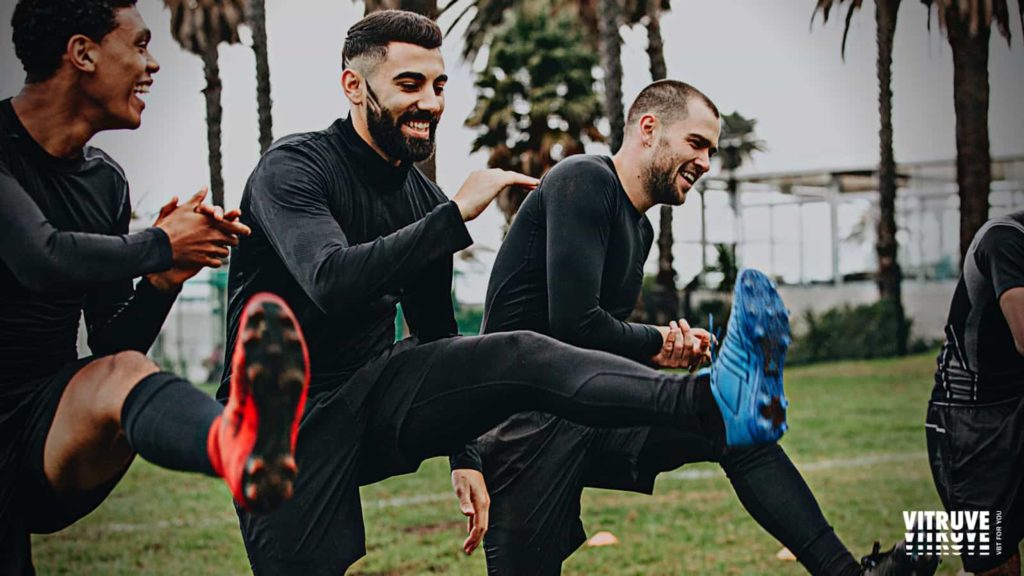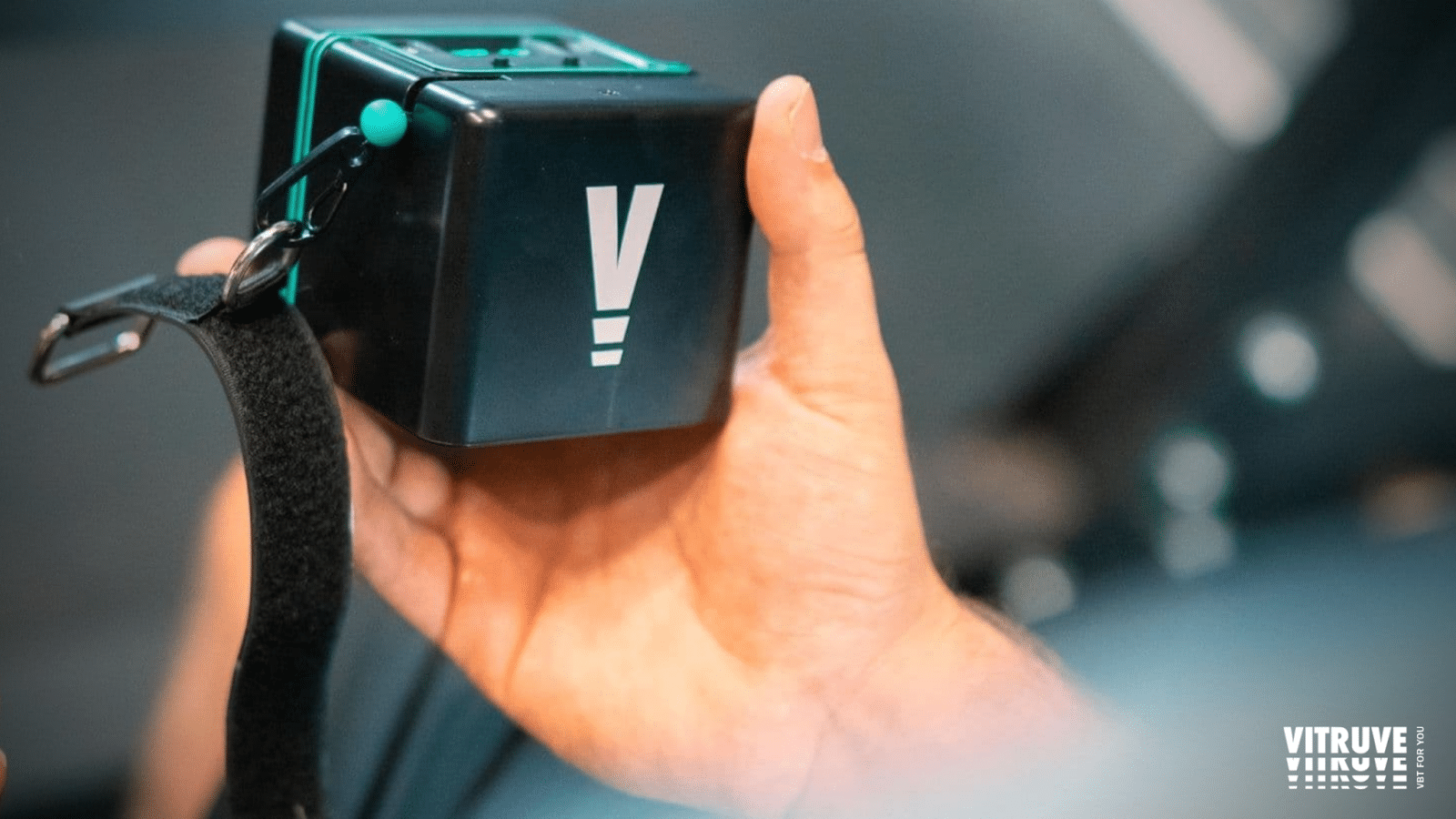28 de June de 2022
Design Team Workouts for Strength and Conditioning
Professional athletes have to work exceptionally hard to achieve strength and power at a competitive level. But they are not alone in their endeavor. Each of their moves has to be properly strategized and managed, something which is possible only with professional coaching.
Customized workout plans
The most essential role of a fitness coach is to design strength and conditioning workouts. This task becomes most challenging when they have to manage a team of athletes. This is generally because every athlete comes with their particular requirements, which are usually manageable with customized workout plans. Therefore, it is worth looking into the key elements for designing workouts. Those components are:
- Periodization
- Progressions
- Sport customization
- Individualization
- Tracking

Periodization
Periodization is the process to plan an athlete’s training according to a progressively cyclic format. The purpose of this step is to set the clock for peak performance, typically during a competitive event. This step helps an athlete continue adapting to the stimuli and prevent exhaustion. With every new cycle, the athlete has to get along a new stimulus, which helps them bulk up muscles and improve strength.
The most common periodic cycles for Strength and Conditioning workouts include preseason, mid-season, and championship season. These cycles are further divided into smaller training phases. For instance, an athlete may perform strength training for four weeks and then enter the speed and power phase.
Progression
Progressions are a way to introduce athletes to strength training programs. A progression begins with the basics, which continue their course for a predetermined period. Then, a coach brings some intensity and complexity to the Strength and Conditioning workouts. With the help of this stepladder approach, athletes can learn new movements and enhance their strength. Every step of the progression helps an athlete boost strength, power, and endurance.
Every athlete comes into the training facility with baseline strength. Progressions use that baseline as a starting point and help athletes move step onto new levels after training for a particular period. Before moving to the new phase, those athletes have to master their moves at the current levels.
Customization by sport
Some exercises are common in different sports. However, this is not the case with strength training exercises. For example, strength training exercises for a soccer player must be different from those for a swimmer. The reason is that both these sports demand strength building in different dimensions. Moreover, muscle mass, speed, power, and other elements may vary for these sportspeople. The role of coaching is significant in this regard as they have to choose from several exercises and analyze their different variation to pick the best pick for their athletes.
Individualization by Athlete
Every athlete has different fitness goals or requirements, depending on the event or their role in the event. For this reason, a strength training program has to be designed according to those requirements. For instance, sprinters usually have to focus more on powerlifting while athletes who have to run a distance will benefit more from lower resistance and higher repetition exercises. The purpose of minding this difference is to help an athlete achieve their required endurance level. The Strength and Conditioning workouts also vary according to athletes’ positions in the same sport. For instance, strength training protocols for a goalie will be different from those for an attacking player.
Tracking Progress
Tracking has a huge say in strength training. This helps track and quantify progress to help the coach and athlete observe the development more accurately. There is no way to tell when an athlete is ready to progress to the next level with no tracking performed. One of the fundamental ways to analyze progress is to conduct a Test Week. However, this measure alone doesn’t usually provide a comprehensive detail into how much weight an athlete has achieved or how many reps are completed.
Generally, examining a complete history of each set performed during a rep along with the size of the rep can help coaches visualize things in a better way. This way, they can track which parts of the training program had been more effective and which ones require exclusion. The resultant data can help formulate the training program for the next season or phase.

How Tracking Devices Can Help
Coaches want to make the most out of the training program they develop for their athletes. Therefore, they want to track every move to make sure that their athletes are well on their way to the desired strength and fitness level. For this reason, many coaches use tech equipment to improve monitoring and record every step for an accurate reference. Generally, linear transducers help with accurate analysis of strength training performed with free weights.
One of the tools that you can rely on when performing your strength training exercises is Vitruve, a small-sized device that helps with velocity-based training, VBT. This linear encoder can be attached to a barbell through a wire. A movement in the wire is sensed by the encoder and is translated into a movement, which is then shown on a connected device: a phone or tablet. The best thing about this device is its AI-based system that helps with the accurate analysis of every move performed.

